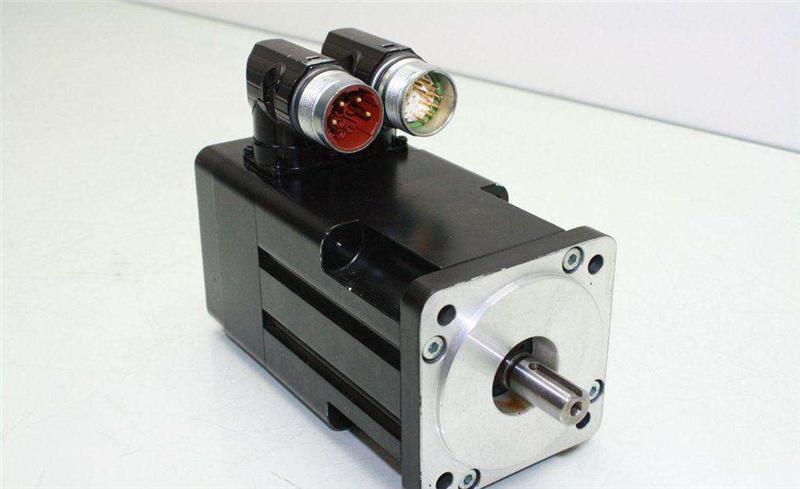What is Permanent Magnet Motor?
Magnetic Assembly—Permanent Magnet Motor
The Permanent Magnet Motor includes
– armature with split-ring commutator at one end
and a dual slip-ring commutator at the other
– field magnet, shaft, and brush assembly
– maintenance items
– manual
– ceramic magnet

The Permanent Magnet Motor can be used to demonstrate the operation of a DC motor. The Permanent Magnet Motor can be used to determine the speeds of maximum power and maximum efficiency of a DC motor by varying the load while simultaneously measuring the speed, torque, and armature current.
The field magnets are permanent magnets possessing a north pole and a south pole that interact with the north and south poles of the armature (an electromagnet when connected to an electric current). Like poles repel, while unlike poles attract. The armature rotates until its north pole is as close as possible to the south pole of the permanent magnet (and also as far as possible from the north pole). Inertia carries the armature past this point.
However, as the armature passes this point, the commutator reverses the direction in the coils, so that the poles of the coils are suddenly repelled by the nearby field magnets. Thus another half-turn occurs, and this process occurs again and again.
A better explanation involves an understanding of fields. The field magnets produce a magnetic field that passes through the gap between the pole pieces. When current passes through the turns of the armature in the presence of the field, forces act to cause a torque that rotates the armature.
Inertia carries the armature past the position of no torque to the point where the torque would force the armature back in the other direction. However, at that point, the commutator reverses the direction of current in the armature so the torque continues to act in the original direction.
How to start a simple motor?
The motor is not self-starting. Immediately after you apply the power, start the motor manually by grasping the black plastic bushing at the top of the armature assembly between your thumb and forefinger and spinning the armature.
With the Permanent Magnet Motor configured as either a DC or universal motor, almost any attempt you make at spinning the armature will result in successfully starting the motor; only the direction of the spin is important.
When configured in an AC synchronous mode, the motor must be spun at a speed that approximately matches the frequency of the power source.